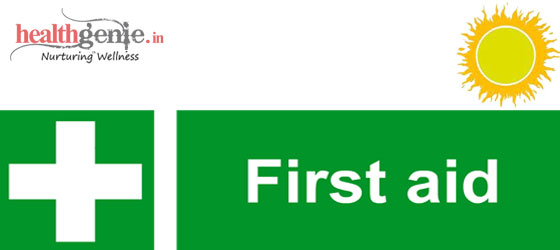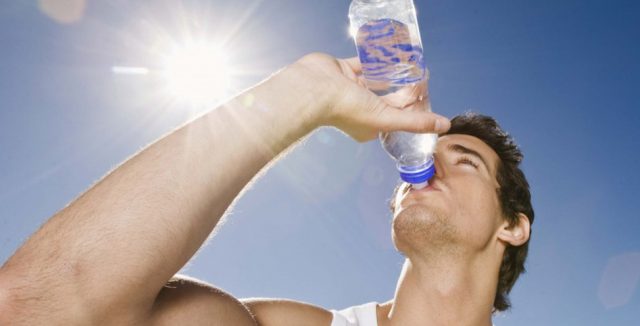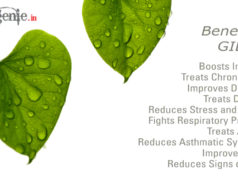Hot summer is coming……be aware of sunstroke! When the sun shines on your head and parts of the neck for a long duration of time, a sunstroke happens. It is important to understand the difference between sunburn and sunstroke. Sunburns are occurred by overexposure to the sun’s ultraviolet (UV) radiation and a sunstroke is the product of the sun’s long waves which create heat. When experiencing a sunstroke, the body is not able to control heat and this will cause of high body temperature and fever.What is it ?

A sunstroke is basically hypothermia or heatstroke, where the source of the heat working on ones body is the sun. It is the most common type of heatstroke that generally occurs due to a combination of overheating and dehydration of the body.Heat stroke can damage or kill your brain as well as internal organs of your body. Although sunstroke generally affects people over age 50, sometimes young athletes are affected by this problem.Heat stroke often happens as a progression from milder heat-related illnesses, such as heat syncope or fainting, heat exhaustion and heat cramps. But, it can occur even if you have no previous symptom or sign of heat injury.Heat stroke occurs from prolonged exposure to high temperatures, usually in combination with dehydration which fails body’s temperature control system. The medical definition of heat stroke is when your core body temperature higher than 105 degrees Fahrenheit, with complications including the central nervous system that happen after exposure to high temperatures. On the other hand, there are another common symptoms, such as seizures, nausea, disorientation, confusion, and sometimes coma or loss of consciousness.
Symptoms of Sunstroke :
 If a person’s core body temperature is higher than 105 degrees Fahrenheit and becomes unconscious or fainting, then these may be the first symptom of sunstroke.Other symptoms are:1. Throbbing headache.2. Dizziness and light-headedness.3. Lack of sweating despite the heat.4. Red, hot, and dry skin.5. Muscle weakness or cramps.6. Nausea and vomiting.7. Rapid heartbeat, which may be either strong or weak.8. Rapid, shallow breathing.9. Behavioral changes such as confusion, disorientation, or staggering.10. Seizures.11. Unconsciousness.
If a person’s core body temperature is higher than 105 degrees Fahrenheit and becomes unconscious or fainting, then these may be the first symptom of sunstroke.Other symptoms are:1. Throbbing headache.2. Dizziness and light-headedness.3. Lack of sweating despite the heat.4. Red, hot, and dry skin.5. Muscle weakness or cramps.6. Nausea and vomiting.7. Rapid heartbeat, which may be either strong or weak.8. Rapid, shallow breathing.9. Behavioral changes such as confusion, disorientation, or staggering.10. Seizures.11. Unconsciousness.
First Aid for Sunstroke :
 If you understand that someone has a heat stroke, immediately call ambulance or transport to send the person to a hospital for medical supervision.If transport is not available that time,then you should take initiative for first aid. First of all, send the person to an air-conditioned environment or at least a shady, cool area and eliminate any unnecessary clothing from patient’s body.If possible, check the person’s core body temperature and start first aiding to cool down the person’s body temperature to 101 to 102 degrees Fahrenheit. If there are no thermometers available, don’t hesitate to start first aid.
If you understand that someone has a heat stroke, immediately call ambulance or transport to send the person to a hospital for medical supervision.If transport is not available that time,then you should take initiative for first aid. First of all, send the person to an air-conditioned environment or at least a shady, cool area and eliminate any unnecessary clothing from patient’s body.If possible, check the person’s core body temperature and start first aiding to cool down the person’s body temperature to 101 to 102 degrees Fahrenheit. If there are no thermometers available, don’t hesitate to start first aid.
You should try these cooling strategies :
- Fan air over the person and try to wet his or her skin with water from garden hose or a sponge.
- Put on ice packs to the patient’s groin, armpits, back and neck. Because these areas are contained with blood vessels under the skin, cooling them effectively that may minimize body temperature.
- Take the patient in a shower, an ice bath and tub of cool water.
Move this person to the hospital for further treatment and proper medication.After recovery from heat stroke, person need to be more careful and sensitive to high temperatures during the following week. It is recommended to heavy exercise and hot weather until your doctor tells to continue your normal activities.Bit the heat…….use protection and follow precaution, when you go outside during summer. Use umbrella and drink plenty of water when you go outside. Don’t come into direct touch of sun rays, it protects you from sunstroke and heat stroke related deadly diseases.






























































